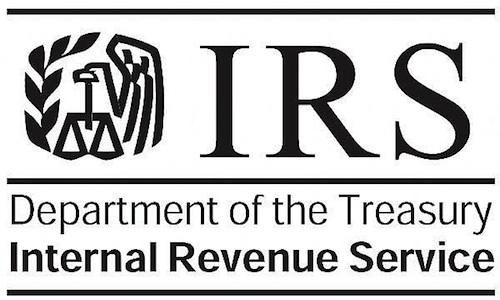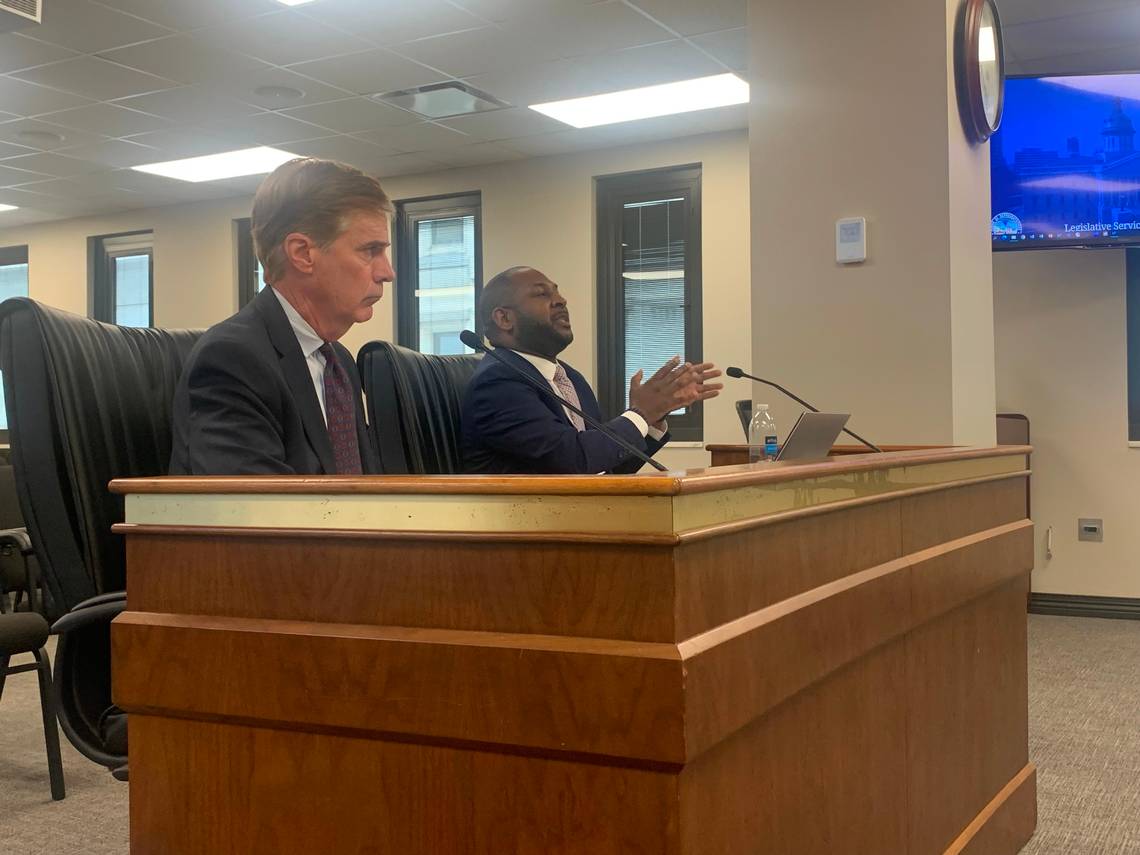Generally, the statute of limitations (SOL) on IRS collection enforcement is ten years from the date the tax is assessed. In the Internal Revenue Manual (IRM), the IRS refers to the date that ends the period in which collections may be enforced as the Collection Statute Expiration Date, or CSED. Keep in mind that if a return is audited or a taxpayer files an amended return and additional tax is owed, the ten-year collection statute on the additional taxes will be later than the original return’s CSED. Additionally, many penalties carry their own CSED date, including the Estimated Tax Penalty, Deposit Penalty, Delinquency Penalty, various civil penalties, Fraud Penalty, and the Negligence Penalty.
The first step in calculating the CSED is determining the date of assessment on the underlying liability. The date of assessment is the date an assessment officer signs the summary record. Typically, the date of assessment is a few weeks after the tax return is filed. It may take the IRS a couple of months or more to make the assessment in extenuating circumstances. For example, mailing a tax return to the wrong service center or the shutdown of IRS service centers due to a pandemic may delay the date the IRS assesses the tax.
So, how can the date of assessment be obtained? One way to is to call the IRS Practitioner Priority Service and ask for the assessment date. Considering there may be more than one CSED on a taxpayer’s account for any given tax year, it is essential to inquire about all of the potential CSEDs associated with the tax year and the amount of tax associated with each date. For an account where the taxpayer filed their original return, later filed an amended return, and later audited, there may be several assessment dates on the account, including separate penalty assessment dates.
Another way to access the tax liability assessment date is by requesting IRS transcripts of the taxpayer’s account. Tax practitioners with a valid Form 2848, Power of Attorney and Declaration of Representative, on file with the IRS may contact the Practitioner Priority Service by phone or access the transcripts through IRS E-Services Transcript Delivery System (TDS). A tax practitioner will need to sign-up for IRS E-Services before using the online portal. The following types of transcripts are available without cost through IRS E-Services TDS or by submitting IRS Form 4506-T, Request for Transcript of Tax Return:
- Tax Return Transcript: Provides most line data from the taxpayer’s originally filed return. This transcript is generally accepted by mortgage and student loan lenders. Tax Return Transcripts are available for the current tax year and three years prior, providing the taxpayer filed the return(s). Keep in mind that the Tax Return Transcript does not provide any information about the account past the filing of the return, including the date of assessment of tax. It will also not reflect any changes from an amended return.
- Tax Account Transcript: Provides general data such as the type of return filed, filing status, adjusted gross income, taxable income, and all payments that have been made. This transcript is especially helpful because it provides a record of the activities on the account after the return was filed, such as the date of tax assessment. Additional information that may be obtained from this transcript is the date and amounts of additional payments made by the taxpayer, penalties that were assessed, and if the return was previously audited. When ordering a Tax Account Transcript by phone or using the Get Transcript by Mail feature on IRS.gov, the IRS only provides the current year and the prior three years’ Tax Account Transcripts. However, Tax Account Transcripts are available for the current year and the prior ten years through IRS E-Services TDS and by submitting the request through Form 4506-T. This is especially useful when representing a taxpayer whose account is in Collections and seven or eight years have already passed.
- Record of Account Transcript: Combines the information contained on the Tax Return Transcript and Tax Account Transcript onto one report. This transcript is available for the current year and three years prior.
- Wage and Income Transcript: Provides information from all Forms W-2, 1099, 1098, Schedule K-1, and Form 5498, IRA Contribution Information, submitted to the IRS for the tax year. This transcript is generally available after July for the current tax year and for ten years prior.
- Verification of Non-filing Letter: Beneficial if there is any question whether the IRS has a record of Form 1040, 1040A, or 1040-EZ being filed. This letter does not indicate whether the taxpayer had a filing requirement and is generally available beginning after June 15 for the current tax year and three tax years prior. Taxpayers who need this letter for earlier tax years may submit Form 4506-T.
The transcript Transaction Code (TC) for assessment on the original return is 150. When additional tax is assessed on an account, the TC is 290. (Keep in mind that there are several other assessment codes, depending on the type of assessment.) Only two of the above transcripts, Tax Account Transcript and Record of Account Transcript, report the assessment date.
None of the above transcripts provide the CSED. Unless all of the activities that have transpired on a taxpayer’s account can be discerned, it will be very challenging to calculate the CSED based on the assessment date alone. This is because the collection statute of limitations may be suspended or extended due to various taxpayer actions, such as filing for bankruptcy, requesting an installment agreement, requesting a timely Collection Due Process Hearing, filing an Offer in Compromise or Innocent Spouse request, living outside of the United States for at least six months, during the time the Taxpayer Advocate Service steps in to intercede, and qualified military deferment. The IRS is prohibited from continuing collection enforcement actions while these actions are in progress.
There is an IRS internal transcript that provides the CSED called a TXMODA. Tax professionals may request this internal transcript by contacting the IRS Practitioner Priority Service telephone hotline. The IRS can refuse to provide this transcript. If the request is denied, the taxpayer may submit a Freedom of Information Act (FOIA) to request the transcript. Once the TXMODA is received, IRS Document 6209 will be needed to discern the meaning of the transcript’s codes.
The IRS does not provide a worksheet on how they calculate the CSED. This is unfortunate as it is not uncommon for the IRS to miscalculate the CSED. Over the years, the Treasury Inspector General for Tax Administration (TIGTA) and the National Taxpayer Advocate have issued reports and blogs that discuss the serious CSED calculation errors that have been found when reviewing sample taxpayer accounts. Over seven years ago, in 2013, TIGTA reported that 39% of the seventy-five sample accounts they reviewed had significant CSED calculation errors.[1] In a blog posted on September 7, 2018, the National Taxpayer Advocate discussed the IRS’s systemic problems when calculating the correct CSED and warned tax professionals to be wary of the situation and advocate for the correct CSED for their client.[2]
One of the most popular payment methods used to pay down taxpayers’ tax debt is an Installment Agreement. Ironically, when it comes to accurately calculating the correct CSED on accounts where an Installment Agreement has been requested, the IRS is falling short. According to the aforementioned blog by the National Taxpayer Advocate, Nina Olson, there are errors in the system that cause the CSED to toll for an inordinate amount of time in certain case types involving installment agreements.
The errors are found on accounts where a taxpayer’s installment agreement was approved, rejected, appealed, terminated, and reactivated. What appears to be occurring is the IRS will enter in the system that an installment agreement is pending but will not follow-up and enter the resolution in the system, whether that resolution is an approved installment agreement, rejected proposal, or terminated agreement. This critical error is causing taxpayers to be billed for expired liabilities, which are causing an undue financial burden on unsuspecting taxpayers.
Given the CSED inaccuracies on taxpayer accounts, taxpayers have submitted payments to the IRS after the CSED expired. Any payment that is submitted after the CSED has expired is referred to as an overpayment.[3] The IRS is not to solicit payments once the CSED has expired. They are also not required to give notice to the taxpayer when the CSED has expired. A taxpayer will need to contact the IRS by phone and ask if the CSED has expired or request a Tax Account Transcript. The transcript will show a TC code of 608, Write-off of balance due, when the CSED has expired.
When a taxpayer submits a payment for a liability whose CSED has already expired and the taxpayer does not have any other outstanding liabilities, the IRS must attempt to contact the taxpayer and ask if they still want the payment applied or returned to them. If the IRS is unsuccessful in contacting the taxpayer, then the payment should be returned to the taxpayer.
However, if a taxpayer does have other balances due, and the taxpayer submits a claim for refund by filing Form 843, Claim for Refund and Request for Abatement, the IRS will first use the payment to offset any other tax liabilities owed by the taxpayer and refund the remaining amount. Generally, taxpayers have three years from when a return is filed or two years from the time the tax was paid, whichever is later, to claim a refund or credit on a payment.[4] If the taxpayer did not file a return but made a payment, the taxpayer must request a claim for a refund within two years of making the payment.
The date of assessment and collection statute expiration date are two integral components of the tax collection representation process. It is vital for tax professionals to know how to obtain these dates and keep watch for CSED date inaccuracies on a client’s IRS account. Through determining the CSED, we, as tax practitioners, can provide the best representation advice and remedy for our client, and most of all, do no unintentional harm.
========
[1] “Recalculations of the Collection Statute Expiration Date Were Not Always Accurate,” TIGTA Office of Audit, September 16, 2013, https://www.treasury.gov/tigta/auditreports/2013reports/201330098_oa_highlights.html
[2] Nina E. Olson, “NTA Blog: “As a Result of TAS Advocacy, the IRS is Working to Address a Computer Glitch That Allowed Collection Activity on Accounts Expired Collection Statute Expiration Dates but Many Issues Remain Unresolved,” Taxpayer Advocate Service Tax News, September 7, 2018, https://taxpayeradvocate.irs.gov/news/NTA-blog-IRS-Working-to-Address-Collection-Activity-on-Accounts-with-expired-CSED?category=Tax%20News
[3] IRC §6401(a)
[4] IRC §6511(a)
========
Arnold van Dyk is a licensed California attorney and currently serves as the Director of Tax Services at TaxAudit, the largest tax representation service in the country offering both audit representation and tax debt relief services. In this role, he oversees more than 150 tax professionals, and assists taxpayers with IRS representation and assesses the complexities of the tax law and regulations to determine the best strategies for audit and tax debt resolutions. Arnold also operates his own law practice, Law Offices of Arnold van Dyk, focusing on tax and estate planning.
Thanks for reading CPA Practice Advisor!
Subscribe Already registered? Log In
Need more information? Read the FAQs

![Arnold-van-Dyk[1]](https://www.cpapracticeadvisor.com/wp-content/uploads/2022/04/Arnold_van_Dyk_1_.5f2483916bfe2.png)


